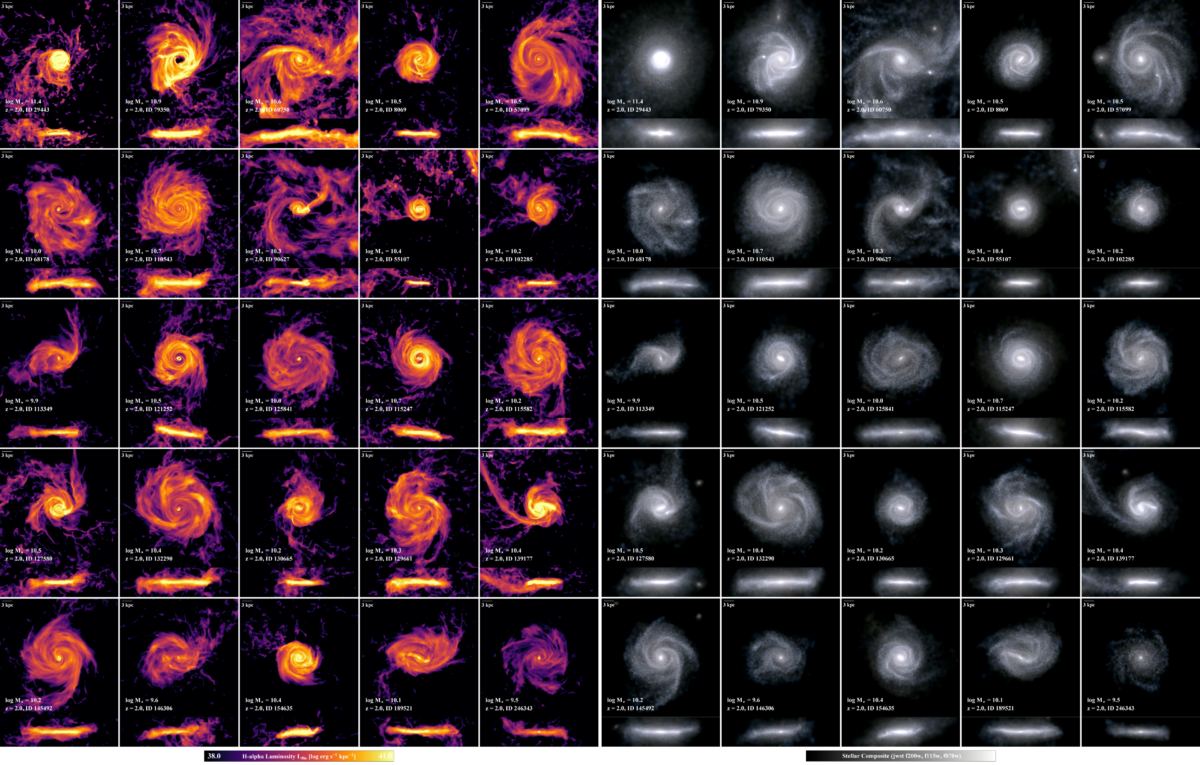A galaxy’s main business is star formation. And when they’re young, like youth everywhere, they keep themselves busy with it. But galaxies age, evolve, and experience a slow-down in their rate of star formation. Eventually, galaxies cease forming new stars altogether, and astronomers call that quenching. They’ve been studying quenching for decades, yet much about it remains a mystery.
A new study based on the IllustrisTNG simulations has found a link between a galaxy’s quenching and its stellar size.
Continue reading “Astronomers Can Predict When a Galaxy’s Star Formation Ends Based on the Shape and Size of its Disk”
